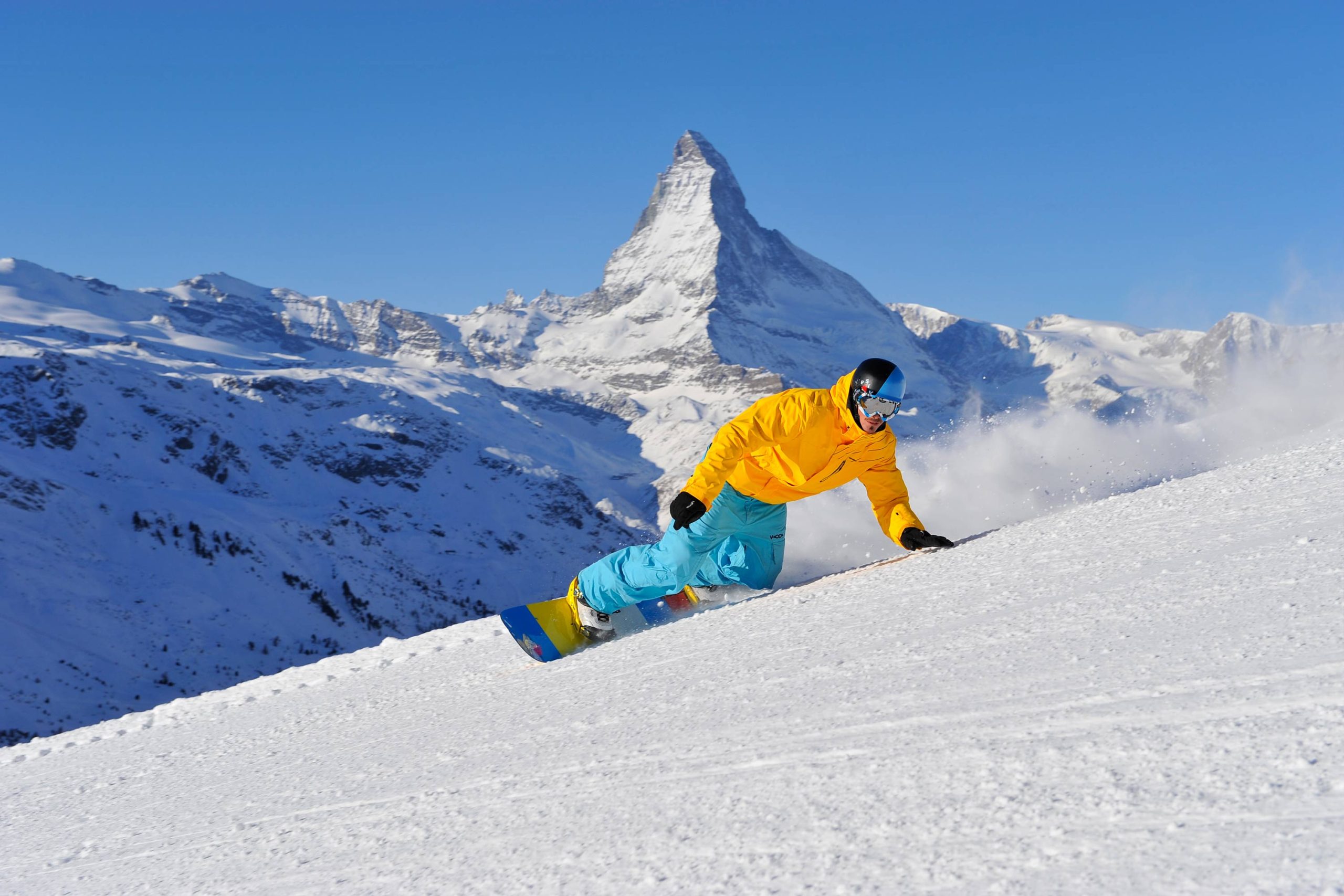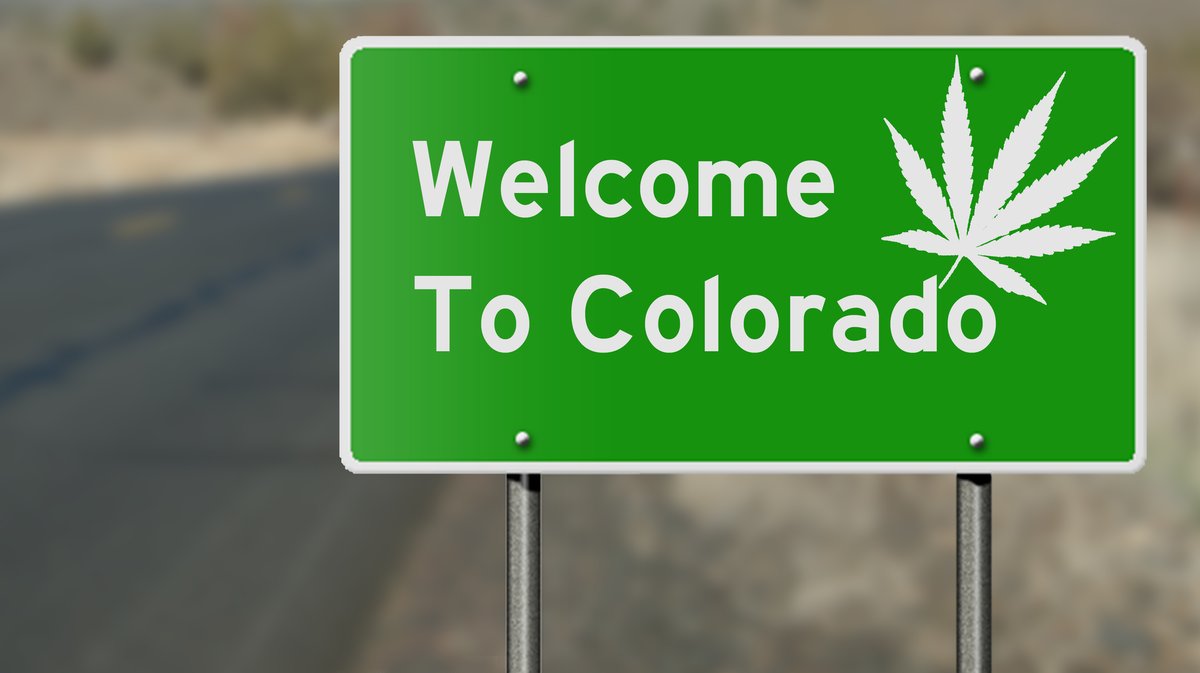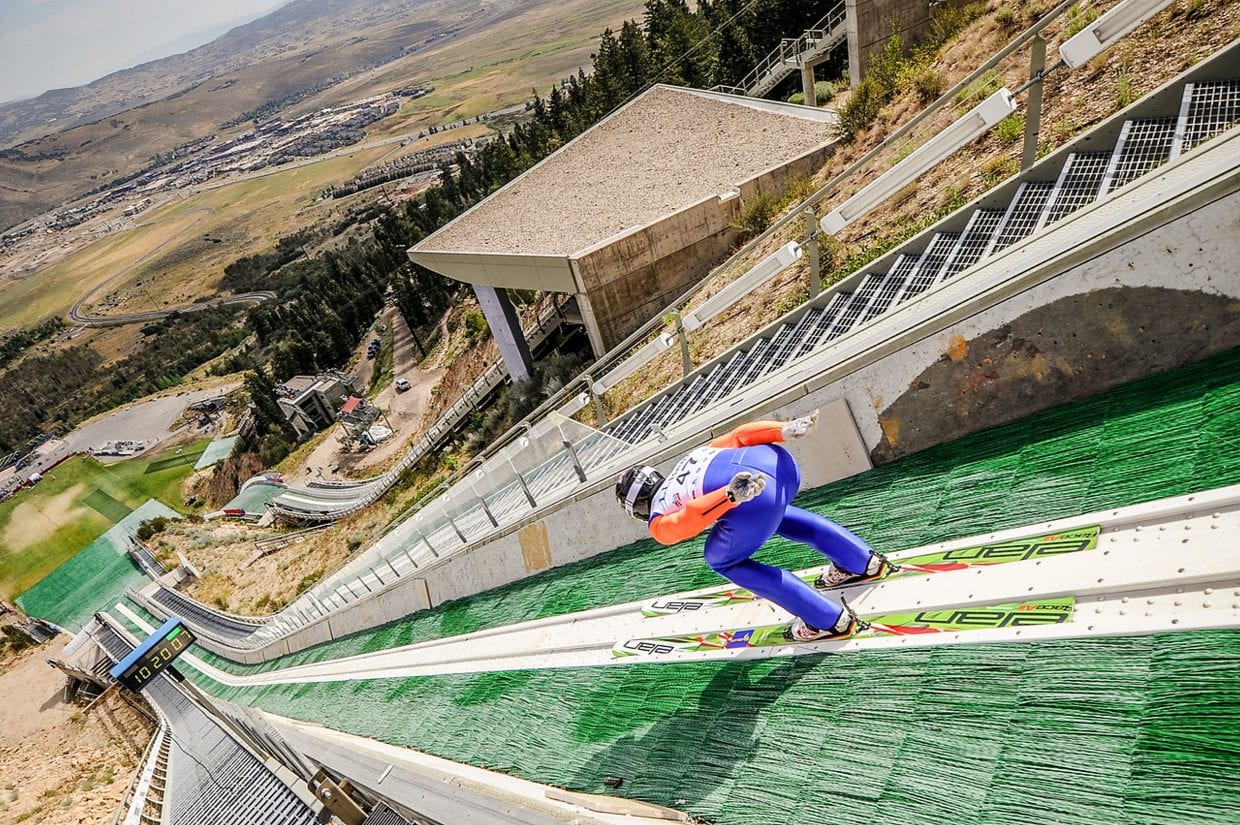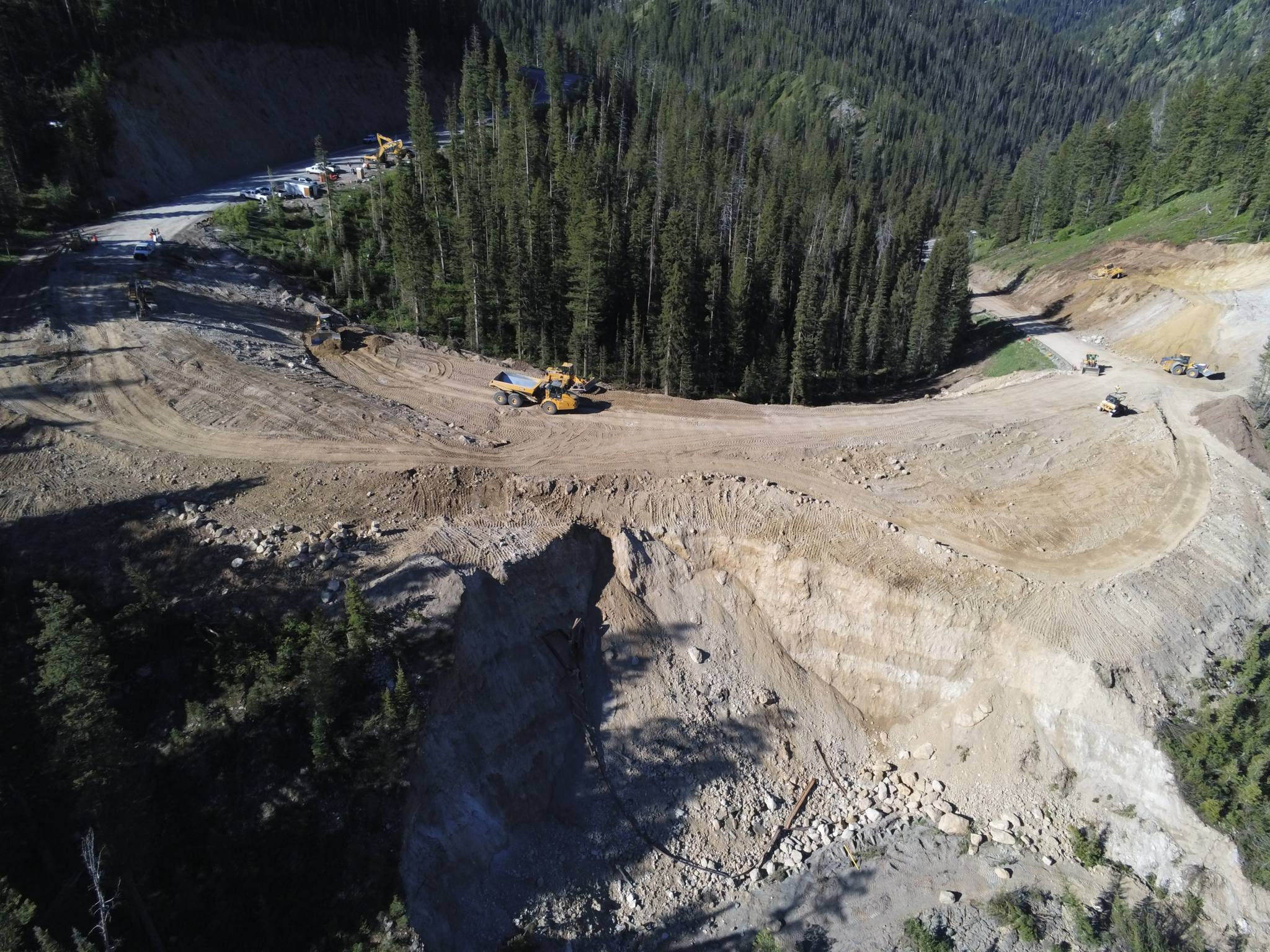
High in the Swiss Alps, Zermatt usually stays open all year, never halting its lifts for a day because of the perpetually snow-covered glacier it’s built on. But with severe heatwaves impacting all of Europe, this is no ordinary summer and the world-class ski area has closed its skiing operations for the time being.
The resort, which is the highest elevation ski area in Europe, will suspend its summer skiing operations on Friday, July 29, due to high temperatures and the unmanageably rapid melting of its snowpack. According to Snow Forecast, Zermatt urges that this closure is temporary and will only last until conditions improve enough to support skiing again.
Along with being open all year, Zermatt is known for hosting World Cup ski races in late October and early November on its slopes every fall. The resort claims that preparations for these events will continue as scheduled, even with it being temporarily shut down. Hopefully, conditions will be favorable by then for the races to still happen.
Working on the Breithorn summit glacier a week ago the ski slopes and the lonely excavator digging crevasses looked dreary enough. Now the summer ski area in #Zermatt is being closed. Another sign #Adaptation is on?https://t.co/TZqtkBXGzZ#ClimateEmergency #ClimateBreakdown pic.twitter.com/29rbuZVMBk
— Jan Beutel (@jan_beutel) July 26, 2022
Zermatt is but one of many glaciers forced to close this summer
Zermatt is the latest of several European glacial resorts that have been forced to shut down their summer skiing operations after “a winter of low snowfalls were followed by ‘unprecedentedly’ high spring and summer temperatures” that caused fast thawing, according to Snow Forecast. French ski area Tignes opened for summer operations but had to close within two weeks due to the ongoing heatwave, Les 2 Alpes closed early, Passo Stelvio in Italy announced last week it was temporarily suspending lift operations, and Val d’Isere in France never even opened for its summer season because there wasn’t enough snow.
A powerful heatwave felt across most of Europe
Climate experts are blaming climate change for this summer’s extreme heat. In Western Europe, which was already experiencing severe drought, the current heatwave fueled fires that raged across Portugal, Spain, and parts of France. In Portugal, temperatures reached 113ºF on July 13 in the town of Leiria, where more than 7,400 acres had burned. More than half of the country was on red alert as firefighters battled 14 active fires.
In Italy, the record heat also contributed to the July 3 collapse of a portion of the Marmolada Glacier in the Dolomites. The avalanche of snow, ice, and rock killed 11 hikers.
Meanwhile in the U.K., the Met Office issued extreme heat or amber warnings as temperatures were expected to continue to climb, breaking an all-time high of 104ºF on July 19.
Only one left standing—but for how long?
Zermatt’s decision to suspend summer ski operations means that the Hintertux glacier is the only remaining glacial resort in Europe that is currently open for skiing to the public. However, Hintertux’s snow base has dropped from 20 to 10 inches in the past few days, implying that the year-round resort might not be able to stay open much longer either, according to Snow Forecast.

Heatwave aside, it’s still the best time to travel to Europe in two decades
Despite the extreme heat and forced closure of Europe’s glaciers, this is the best time to visit Europe as an American in the past 20 years from a financial standpoint; the euro and the US dollar are worth equal value. Just like in the U.S., the European Union is in fear of a looming recession. High inflation and energy supply uncertainty are driving the markets. Russia’s invasion of Ukraine exacerbates the problem. Some experts predict that the euro could fall even further. If the Eurozone continues to slow down or goes into a recession, investors could flock to the U.S. Dollar which is considered a safe haven in times of economic upheaval. This would weaken the euro further.
This could mean good news for Americans who wish to visit Europe for their next ski vacation. The parity means the dollar now has more purchasing power than in the past. Goods and services in Europe are the cheapest they’ve been in almost 20 years. Additionally, the euro currency is shared by 19 European countries.
Why Europe has some of the best skiing on Earth
Europe has 3,980 ski resorts and 16,654 ski lifts. Compare this with the US which has 462 ski resorts serviced by 2,846 lifts.
That’s right, an area roughly the same size as the U.S. has over 860% more ski resorts. Typically, the resorts in Europe are purpose-built for skiing. They are located at higher elevations with plenty of slopeside and ski-in, ski-out lodging. The sheer size of the resorts will amaze you. Les 3 Vallées, the largest ski resort located in the French Alps, has more skiable acres than the entire state of Montana.
So let’s just hope. Let’s hope that the heatwave ceases sooner rather than later, glacial resorts can still scrap some of their summer seasons, and that Europe gets a ‘big’ winter this year.
This Winter May Be the Best Time for a European Ski Vacation as the Euro and US Dollar Reach Parityhttps://t.co/6etbvkhf9R pic.twitter.com/Zd62ubmXJd
— SnowBrains (@SnowBrains) July 18, 2022





Where’s the guy that says the Sierra Club doesn’t exist in Europe so they don’t have elevation or access issues? I’m aur he’s got something hot to say about the this